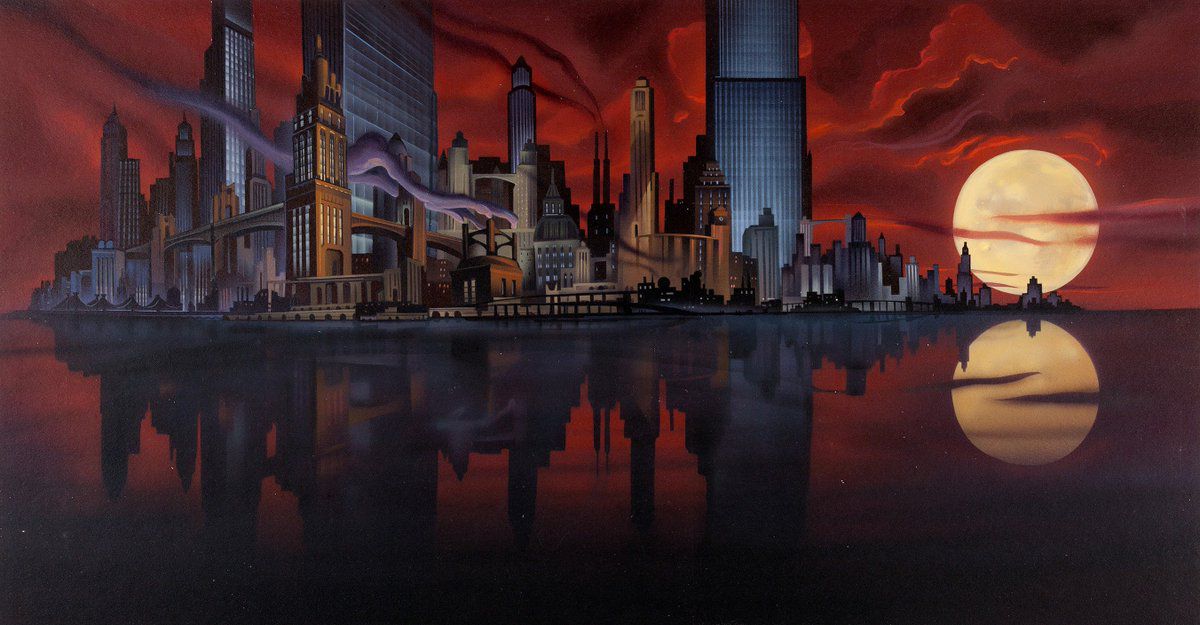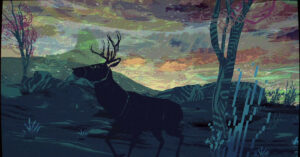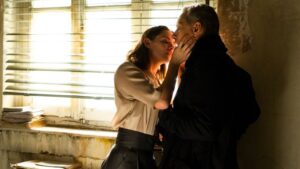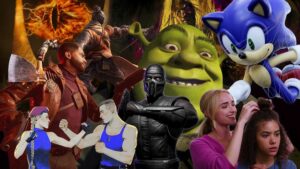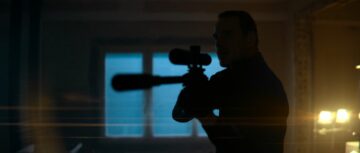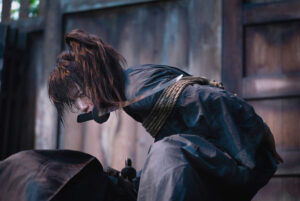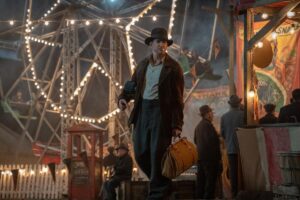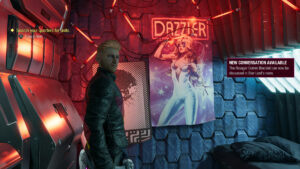Sept. 5, 2022, marks the 30th anniversary of Batman: The Animated Series. As a lifelong fan of the series, I feel compelled to write about the legacy and impact of Bruce Timm and Eric Radomski’s animated take on the Dark Knight. However, I do this while knowing the long shadow of that very legacy has already produced a body of robust critical work that would otherwise render any such effort redundant.
I could write about the origins of Batman: The Animated Series as a show that emerged as a result of 1990’s Tiny Toon Adventures, and how the show went on to not only redefine DC Comics’ iconic masked vigilante but the whole of American animated television itself, but that’s perhaps a story better told by the show’s creators themselves. I could have written about how the series reinvigorated Batman’s rogues’ gallery with a level of nuance and pathos unprecedented in any medium at the time apart from the comics, or about the show’s triumphant and bold title sequence. But these subjects, as you might have already guessed, are already well-trodden territory. To write about and celebrate Batman: The Animated Series in a way that doesn’t feel entirely redundant, that feels both true to myself and to the auspiciousness of the occasion, I have to tell a story that I’ve never fully told or written about before: my own.
To tell the truth, it’s difficult for me to remember a time before I knew about Batman: The Animated Series. I can’t even remember the first episode I watched. What I do remember is after I was introduced to the series, I, like so many other children of my generation, was hooked. I had watched more than my fair share of cartoons up to that point; from Looney Tunes and Pink Panther to Tom and Jerry and The Jetsons. But Batman: The Animated Series was something else. It wasn’t just a cartoon, it was appointment television. The adventures of the masked brooding vigilante Batman and his crusade for justice against a cadre of villains amid the anachronistic “Dark Deco” expanse of Gotham City sent a jolt through my young imagination like nothing else.
Image: DC Entertainment/Warner Bros. Animation
I consumed that series with the kind of indiscriminate infatuation only a child is truly capable of. I loved everything about Batman: The Animated Series, from the memorable characters and stirring orchestral score to the riveting storylines and beautiful title card designs. But there was a moment when that love matured from infatuation into something deeper and more considered. While watching television in the living room of my dad’s apartment, I asked aloud: “Why does this look so different from everything else?”
I knew there was something special about Batman: The Animated Series, even if I didn’t yet have the knowledge at the time to ascertain what that was, or put words to what I thought and felt. There was nothing else on television like it. Hell, there wasn’t even any other Batman story like it, for all I knew at the time. I did not yet have access to home internet and the ability to type a question into a search bar and immediately be brought to an exhaustive wiki page that presented the answers to all my burning questions in proper order. What I did have was my immediate circle of friends and family, and none of them knew nor particularly cared about animation, let alone how it was made, or by whom, or for what reason. I had questions all the same, though without the means to pursue their answers, nor the knowledge to properly phrase them. I didn’t just want to know what inspired Batman: The Animated Series; I wanted to find the words to express and describe why this particular show made me feel something in a way that nothing else at the time did.
So, with no other recourse, I did what only felt natural at the time: I continued to watch and read and learn about art as much as I possibly could, probing beyond my earliest introduction to animation into the realm of films, visual art, music, and even architecture in search of the answers to those questions I held close to my heart.
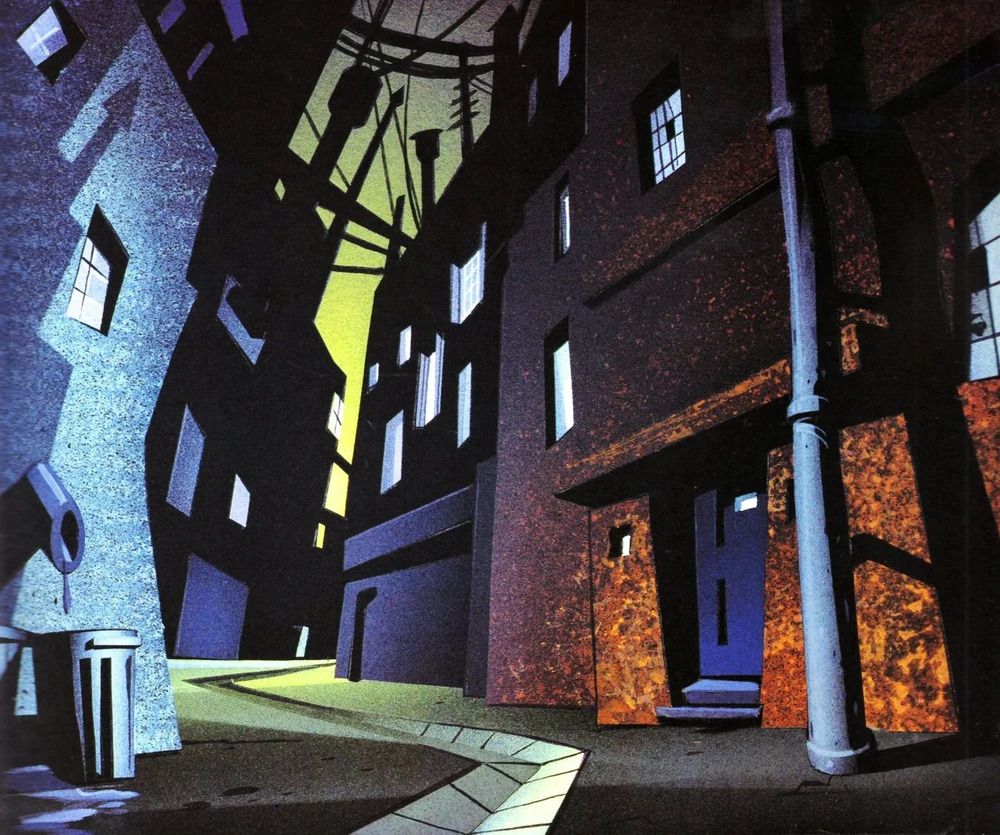
Image: DC Entertainment/Warner Bros. Animation
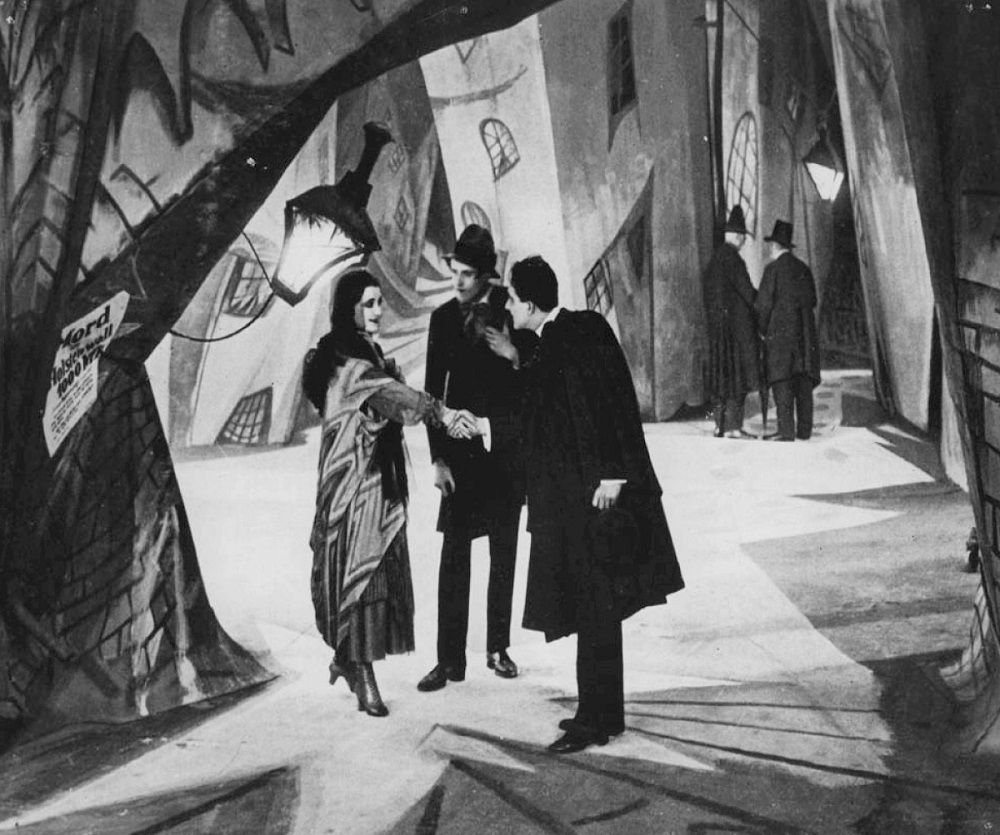
Image: Kino Lorber
Over the course of a lifetime, I finally found those answers. I found them in the German Expressionist films of Robert Wiene, whose twisted corridors I recognized in the shape of Gotham City’s back alleys. I found them in the paintings of Giovanni Baglione, whose mastery of chiaroscuro lighting I recognized in the logo illustration of Batman illuminated against the backdrop of a blood-red moon, scowling and clutching his cape. I found them in the futuristic world of Fritz Lang’s Metropolis, in the architectural illustrations of Hugh Ferriss, and in the art deco edifice of the Carbide and Carbon Building in downtown Chicago. Each of these discoveries gestured toward a bygone collective vision of a future that might have been but did not come to pass. But in the world of Batman: The Animated Series, that future lived on. And finally, I found my answers in a copy of Paul Dini and Chip Kidd’s Batman Animated I found in a used bookstore after college, which recounted the story of the show’s production in vivid detail and finally allowed me to connect the dots of who the writers, artists, and animators behind the series were and what they were trying to accomplish.
My love for Batman: The Animated Series transcends the character or the medium. The show didn’t just introduce me to the character of Batman, and it didn’t simply cement my love of animation; it opened my world to whole dimensions of art and expression and history I might never have pursued or known had I not encountered that series from an early age. In no uncertain terms, Timm and Radomski’s show is, however many degrees removed, responsible for setting me on the course to pursue a career writing about art and sharing that knowledge and passion with others. I’m a curation editor here at Polygon, which means my job is sifting through the ever-growing and shifting catalog of movies, television, comics, and games and spotlighting work I find particularly noteworthy, thought-provoking, and beautiful. I never would have honed those sensibilities, let alone thought to write about them, had it not been for Batman: The Animated Series.
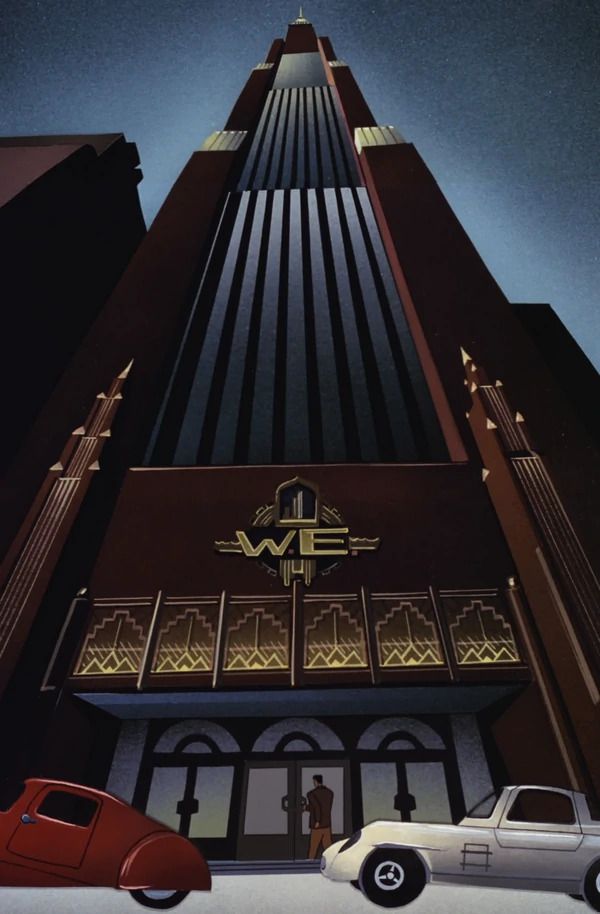
Image: DC Entertainment/Warner Bros. Animation
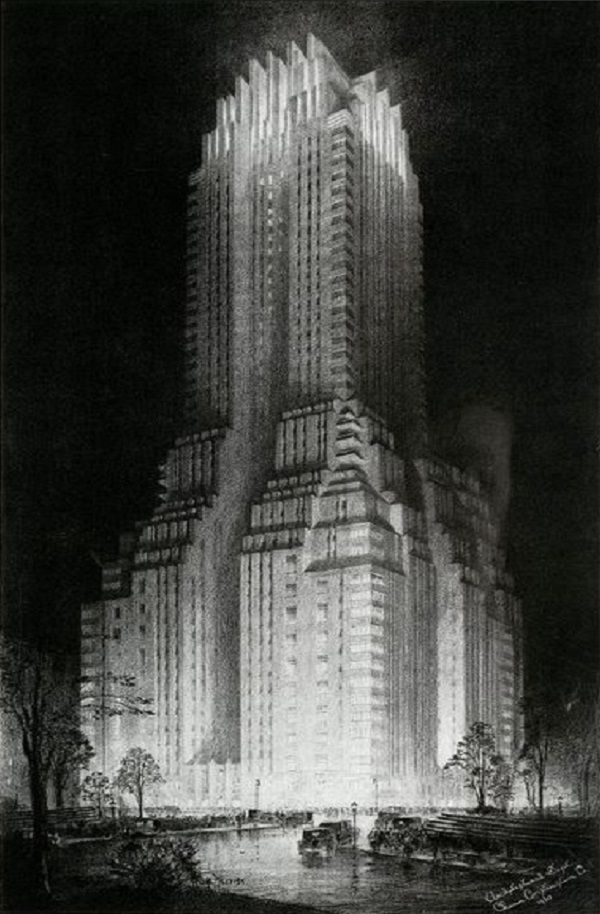
Image: Dover Publications
I am not alone in my story. Batman: The Animated Series has touched the lives of countless audiences since it first premiered 30 years ago, spurring the artistic pursuits and aspirations of people of all walks of life. While an outstanding example of the transformative power of art, Batman: The Animated Series is far from alone in this quality. How many people do you think were first introduced to classical music because they watched an episode of Looney Tunes or Tom and Jerry? How many young artists might have been introduced to the likes of Frank Frazetta, Hieronymus Bosch, and Alejandro Jodorowsky for the first time simply because they grew up watching Adventure Time?
Anything capable of eliciting such a reaction can in no way be characterized as trivial. They are, in the very literal sense of the word, awesome. Art matters. Animation matters. Stories matter. Go out and find the ones that matter most to you, and then tell your own. You’re the only one who can.
Batman: The Animated Series is available to stream on HBO Max.
